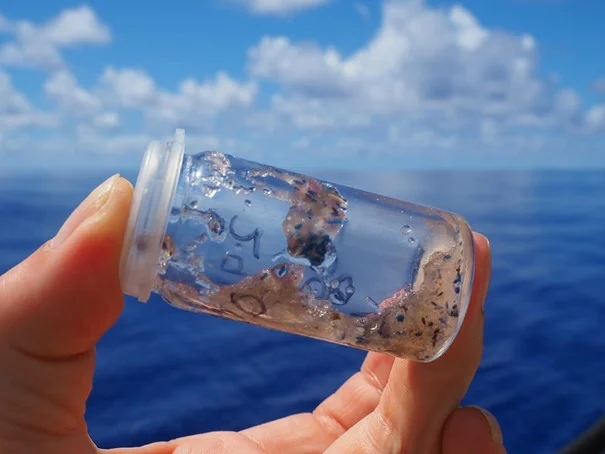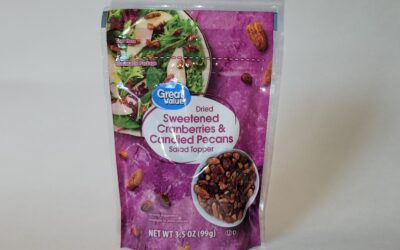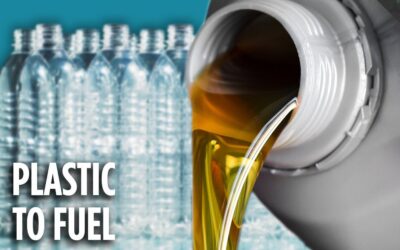In a world awash with plastic, the invisible becomes the invincible enemy. Microplastics, those tiny assailants no bigger than a grain of sand or a strand of hair, have infiltrated every corner of our planet and, more intimately, our food supply.
Defined as plastic fragments less than five millimeters in length, these minuscule particles stem from the breakdown of larger plastic items, manufacturing residues, and microbeads from personal care products. Their diminutive size belies their significant threat, easily eluding filtration systems to pollute oceans, lakes, and, ultimately, the organisms within these habitats.
From the icy expanses of Antarctica to the depths of the Southern Ocean, no environment remains untouched. Once pristine and remote locales now bear the burden of plastic debris, affecting marine life through entanglement and ingestion, and challenging the resilience of these critical ecosystems (Meston, 2023). The ubiquity of microplastics serves as a stark reminder of the global scale of plastic pollution, necessitating a united international effort to curb their spread.
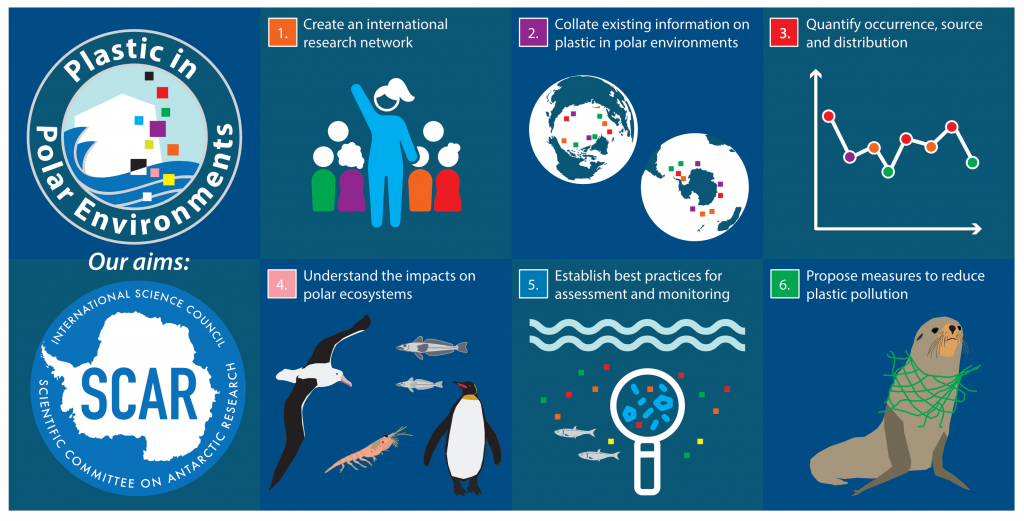
Image by Claire Waluda, British Antarctic Survey
The consequences of microplastic proliferation extend beyond environmental degradation to the very food on our plates. Research has illuminated the alarming presence of microplastics in a variety of foods—seafood, fruits, vegetables, and even in the tea we drink. An Earth Day report underscores the gravity of the situation, estimating that seafood consumers could ingest thousands of microplastic particles annually, equivalent to the plastic found in 17 credit cards (Higgins, 2023).
Further compounding the issue, a Consumer Reports’ investigation into supermarket and fast-food items revealed widespread contamination with plasticizers such as phthalates and bisphenol A (BPA), known to disrupt hormonal functions and pose health risks. High phthalate levels were notably found in products like Annie’s Organic Cheesy Ravioli, Del Monte sliced peaches, and Chicken of the Sea pink salmon, underscoring the urgent need for regulatory reassessment of plastic safety in food production (Stempel, 2024).
A particularly concerning study highlighted by The Hill revealed that an astounding 88% of tested American protein sources, including meat, fish, and plant-based alternatives, contained microplastics. This exposure suggests that the average American could consume approximately 11,500 microplastics yearly, with those at the higher end of protein consumption facing intake of up to 3.8 million plastic fragments and fibers. The study, titled “From chicken nuggets to tofu, American proteins have a microplastics problem,” emphasizes the widespread issue of plastic pollution affecting all food types (Elbein, 2024).
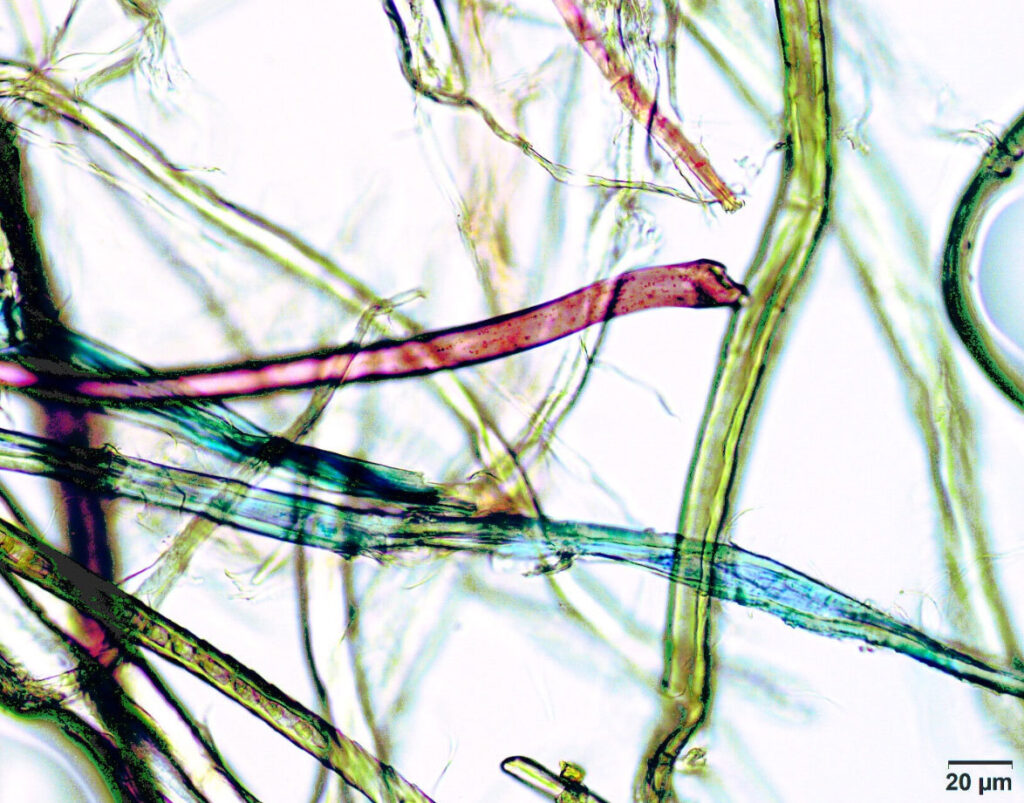
Microplastic particles, as seen through a microscope. Monique Raap, University of Victoria
The alarming infiltration of microplastics into our environment and food supply calls for immediate and concerted action. While legislative measures like the Microbead-Free Waters Act of 2015 (H.R.1321, 2015) mark a step in the right direction, the pervasive nature of microplastics demands a more comprehensive approach. Addressing this crisis requires not only increased regulatory oversight and industry accountability but also heightened public awareness and behavioral change. As research continues to unravel the sources and health implications of microplastic contamination, the imperative to reduce plastic use and improve waste management practices becomes ever more pressing.
In facing the microplastic menace, we confront the broader challenge of our reliance on plastic. The journey toward a less polluted future is complex, necessitating innovation, collaboration, and a reevaluation of our consumption habits. As we navigate this path, the goal remains clear: to safeguard our environment and ensure the health and well-being of future generations.
References
Elbein, S. (2024, January 9). Study finds microplastics in nearly all American proteins: Meat, fish and plants. The Hill. https://thehill.com/policy/equilibrium-sustainability/4397696-microplastics-study-american-proteins-meat-fish-plants/
Higgins, G. (2023, August 16). You are what you eat: Plastics in our food. Earth Day. https://www.earthday.org/you-are-what-you-eat-plastics-in-our-food/
H.R.1321 – 114th Congress (2015-2016): Microbead-Free Waters Act of 2015. (2015, December 28). https://www.congress.gov/bill/114th-congress/house-bill/1321
Meston, A. (2023, June 22). Plastic at the end of the earth. International Science Council. https://council.science/current/blog/plastic-at-the-end-of-the-earth/
Stempel, J. (2024, January 4). Consumer Reports finds ‘widespread’ presence of plastics in food. reuters.com. https://www.reuters.com/business/healthcare-pharmaceuticals/consumer-reports-finds-widespread-presence-plastics-food-2024-01-04/

